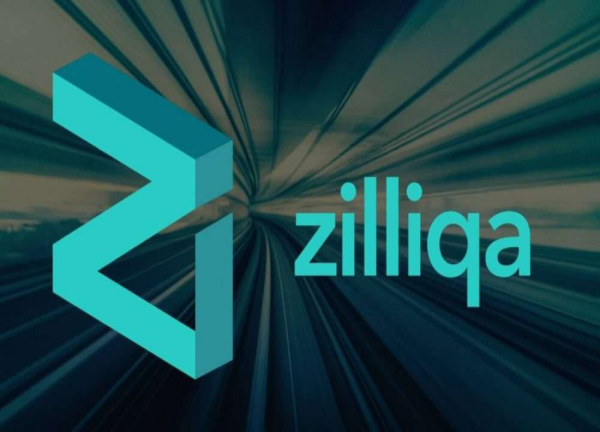
In 2017, the introduction of the ZILLIQA blockchain platform marked a major advancement in blockchain technology. This blockchain network, named ZQ1, achieved large-scale expansion through transaction sharding for the first time, and designed the smart contract language Scilla to support parallel processing. With the launch of the ZILLIQA 2.0 protocol (hereinafter referred to as ZQ2), the platform has made significant improvements in many aspects, including a faster consensus mechanism, on-chain smart accounts, and interoperability with other EVM chains, and by introducing sovereign applications Specific shards (x-shards) to refine the sharding paradigm.
ZQ2 architecture
In ZQ2, x-shards are logically separated but connected chains that are run by a subset of nodes in the ZQ2 network. Which nodes are allowed to join which x-shards depends on their permissions. The features of x-shards, such as block size, block time, pricing model and privacy settings, can be customized according to user needs and configured on the root x-shard, which is the ZQ2 mainnet.
Unlike ZQ1, the ZQ2 protocol does not require x-shards to wait for each other. Each x-shard has its own validators, which run independent consensus instances at their own speed, manage the x-shard's state and process its transactions. On top of that, smart contracts deployed on different x-shards can access each other’s state and interact via cross-shard messages relayed by validators. These novel primitives are enabled by the short block intervals, fast finality, and light client support in ZQ2 and become the foundation for composable cross-shard applications.
System setup and assumptions
In ZQ2, like ZQ1, there are two types of entities: users and nodes. The nodes participating in the consensus are called validators, and the validator who proposed the current block is called the leader. ZQ2 inherits its native token ZIL by importing ZQ1’s token balance as part of the genesis state.
Technical advantages of ZQ2: The launch of ZQ2 has brought many technical advantages to the ZILLIQA blockchain. First of all, ZQ2’s consensus mechanism greatly improves the transaction processing speed, allowing users to complete transactions in a shorter time, further improving the user experience. Secondly, the interoperability of smart contracts makes collaboration between different x-shards more convenient, which will promote the birth of more innovative applications.
In addition, ZQ2's light client support means that users can easily access the required information without downloading the entire blockchain data, which to a certain extent lowers the entry barrier for users and expands the potential user base.
Economic model of ZIL token
As the core of the ZILLIQA ecosystem, ZIL tokens assume multiple functions. It is not only a medium for transactions, but also an important tool for participating in network governance. Users holding ZIL can participate in voting and make suggestions for future development directions, which helps increase transparency and participation in the entire ecosystem.
In ZQ2, ZIL’s economic model has also been further optimized, and new incentive mechanisms have been introduced to encourage users to participate in the maintenance and development of the network. This will help enhance the value of ZIL and attract more developers and users to join the ZILLIQA ecosystem.
in conclusion
ZILLIQA’s ZQ2 protocol is undoubtedly an important milestone in the development of blockchain technology. By introducing x-shards, improved consensus mechanism and powerful smart contract functions, ZQ2 not only improves transaction processing efficiency, but also provides broad space for future innovative applications. As the economic model of ZIL tokens continues to improve, we have reason to believe that ZILLIQA will occupy a place in the blockchain field and lead a new round of technological revolution.